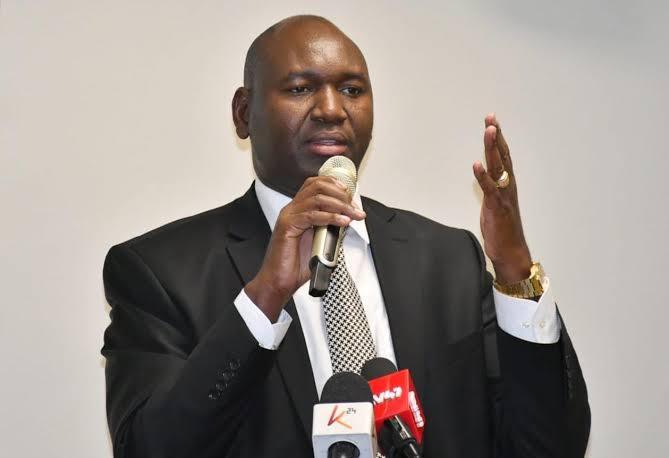New Funding Model for Senior High School Proposed in Report; Implementation Date.
New Funding Model for Senior High School Proposed in Report; Implementation Date.
In an effort to align funding with the unique needs of the Competency-Based Curriculum (CBC), a recent report suggests significant reforms to the funding of senior secondary schools in Kenya.
The report, titled “Final County Dialogue Report 2025,” suggests a whole new funding model that would go into effect in January 2026, when the first CBC cohort moves to Senior Secondary School.
The model’s funding will be based on courses chosen by students; because of their resource-intensive character, science and technology topics will likely receive more funding.
In enabling students to select subjects based on their interests and perceived future careers, the other reforms under the new financing plan will influence how students apply the structured career counseling provided by the Ministry of Education beginning in Grade 7.
Furthermore, Senior Secondary School students will have the option of changing their pathway for up to two months after enrollment, giving them some flexibility.
The report recommended measures to restrict the transfer of students from the same Junior School to boarding Senior Schools to five in order to increase diversity, unless there are areas in counties with fewer options.
The government plans to include private schools in the national school selection site as well, which would benefit them as well.
Nevertheless, it is unclear whether students who choose private schools would get government capitation similar to that given to public school pupils.
To address the lack of teachers in key fields like vocational courses and special needs education, the study suggests that teacher training programs include KSL.
To prepare private schools for the new routes, the government should help them get textbooks via a subsidization program and conduct a national audit of the infrastructure of the schools.
A primary goal would also be to improve the digital infrastructure in rural and underserved areas, with recommendations for building solar-powered laboratories and mobile ICT units.
Finally, the report emphasizes the need for a re-entry mechanism under CBC for students who have previously left school in order to give them another opportunity to complete their education.
These suggestions have the potential to transform Kenya’s educational system by making it inclusive, adaptable, and well-equipped to address the requirements of a contemporary environment if they are approved.




